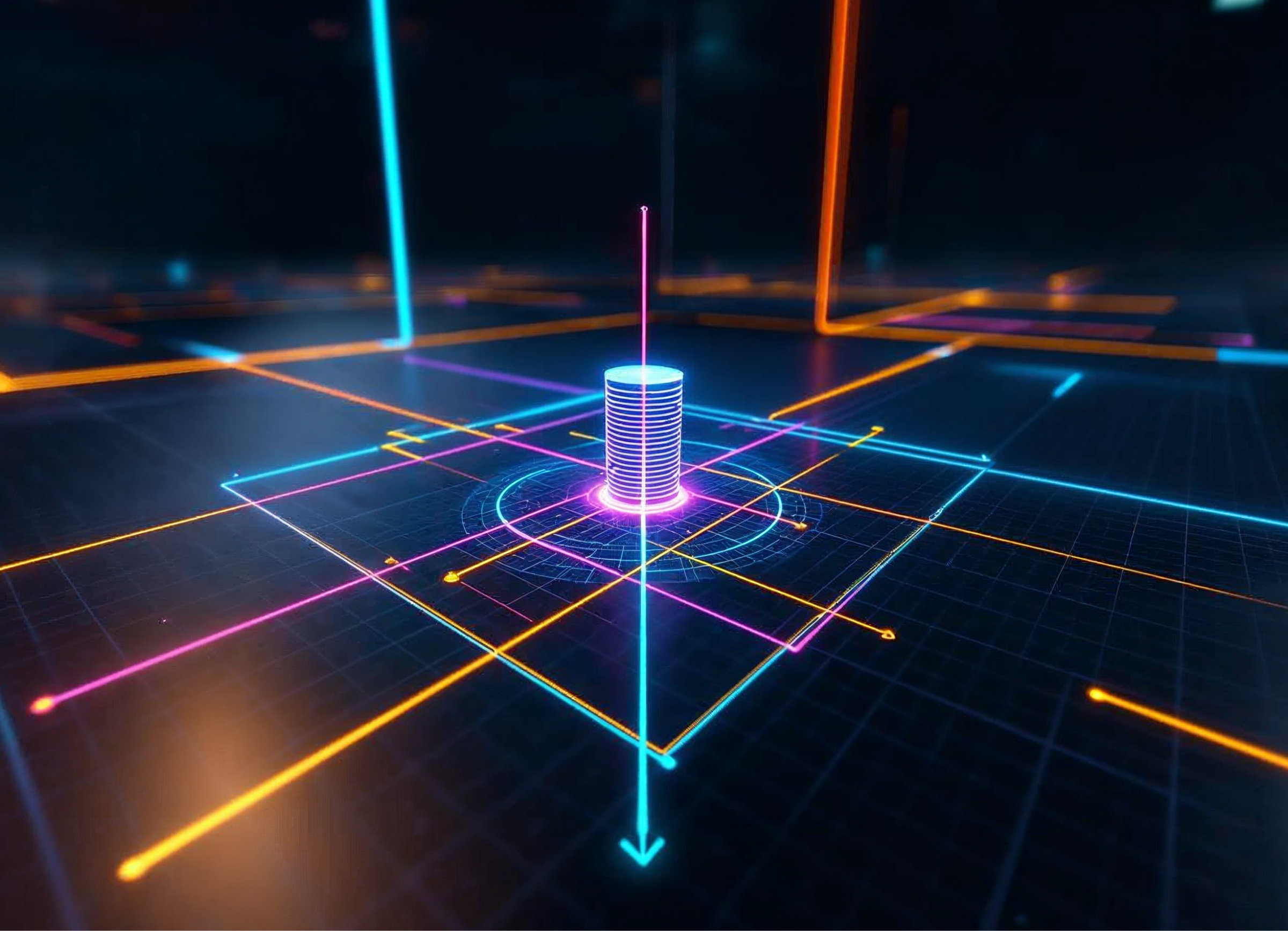
This article was written by our CEO Olga Kryvchenko and originally published on Linkedin. To get more biweekly updates about extended reality, subscribe to Olga’s XR Frontiers LinkedIn newsletter.
Picture yourself trying on a fabulous pair of shoes, testing out a trendy new hairstyle, or zipping through a gigantic mall without breaking a sweat, all from the comfort of your own home! With the magic of Augmented Reality (AR) and WebXR, shoppers and shop owners are about to embark on an exciting escapade into the future of shopping. But before we plunge into this virtual wonderland, let’s take a playful peek at the current state of AR and WebXR technologies and how they are shaping the future of retail.
A Whirlwind Tour of AR and WebXR Technologies for Shopper Experience:
- AR fitting apps: Apps like Wanna Kicks by Wannaby and the IKEA Place app allow customers to virtually try on shoes or place furniture in their homes, providing a more satisfying shopping experience and reducing returns. Loreal Groups provides Makeup Virtual Try-on Maybelline, which makes online makeup shopping more convenient.
- AR scanning apps: Google Lens enable users to identify products, read labels, and gather detailed information, making product searches and comparisons a breeze.
- AR maps and wayfinding apps: The Aisle411 app helps customers navigate the maze of large shopping malls by providing indoor maps and turn-by-turn directions.
- AR menus and loyalty programs: KabaQ is an app that showcases 3D models of menu items, while Snatch, an AR-based loyalty program, allows users to hunt for virtual prizes, rewards, and discounts.
- AR Entertainment Extravaganza: The Leo AR app delivers an array of captivating games and virtual experiences to be enjoyed in shopping centers and other public spaces.
The Exciting State of AR and WebXR in Shopping:
Good news! The cost of developing AR and WebXR solutions is on the decline, thanks to the availability of pre-built solutions, plugins, and libraries. A treasure trove of resources with 3D assets is already available for use or customization in AR shopping apps. Loads of talented companies can whip up custom 3D models to bring products to life in AR. Plus, businesses can purchase or lease 3D scanners to help digitize their products for AR integration. And, to top it all off, many existing apps are ready and waiting for easy integration with AR and WebXR technologies.
Embracing AR and WebXR technologies can have a positive impact on the environment, helping to create a more sustainable shopping experience. By allowing customers to virtually try on products or see how items would look in their homes, these technologies can significantly reduce the need for returns. This, in turn, leads to a decrease in packaging waste and transportation emissions associated with shipping products back and forth. For example, ASOS, an online fashion retailer, implemented a virtual fitting room feature called “See My Fit”, which allows customers to see how clothing items would look on different body types, reducing the likelihood of returns. Similarly, the IKEA Place app enables users to visualize furniture items in their homes before making a purchase, helping to minimize unnecessary returns and their environmental impact. By integrating AR and WebXR technologies into the shopping experience, businesses can contribute to a more eco-friendly retail landscape while still delivering a satisfying customer experience.
As AR and WebXR technologies continue to advance, they hold immense potential to revolutionize the online shopping experience even further. One exciting development is the creation of virtual showrooms, where customers can explore a 3D representation of a physical store and interact with products in a more immersive manner. This could transform the way consumers shop online, making it feel more like an in-person experience. For example, Shopify has introduced 3D modeling and AR solutions that enable merchants to showcase their products in 3D, allowing customers to examine items from every angle and visualize them in real-world environments.
Another promising direction is the personalization of shopping experiences using AR and WebXR. By combining these technologies with artificial intelligence and customer data, retailers can offer tailored recommendations, virtual styling assistance, and customized product presentations. For instance, the Sephora Virtual Artist app utilizes AR to allow users to virtually try on makeup products and receive personalized recommendations based on their facial features and preferences.
Moreover, AR and WebXR can be integrated with social media platforms to create shared shopping experiences, allowing users to virtually shop together, seek opinions from friends, and even attend live virtual events, such as fashion shows or product launches. This would further blur the line between e-commerce and social media, making online shopping a more interactive and engaging experience.
But, as with any great adventure, there are a few hiccups to keep in mind. Size measurement in AR apps can be a bit of a mixed bag. On the one hand, iOS devices boast impressive measurement accuracy thanks to LiDAR technology. However, Android devices have yet to achieve the same level of precision, leaving room for improvement. Not all devices support AR capabilities, so only devices with ARCore or ARKit can join in on the fun. Outdoor GPS accuracy can be a bit of a challenge for AR guide apps. And using AR and WebXR apps may require a little extra setup, support, and maintenance, which could bump up marketing budgets.
However, with technology continually evolving, these limitations are expected to fade away, paving the way for a seamless and delightful AR shopping experience. A spectacular shopping spree of the future is just around the corner, with fully immersive AR experiences waiting for shoppers and shop owners alike. By embracing these cutting-edge technologies, businesses can elevate their customers’ shopping adventures to thrilling new heights. So, hold onto your hats, folks, because the astonishing and transformative shopping extravaganza is about to begin!
Image: Pixabay



